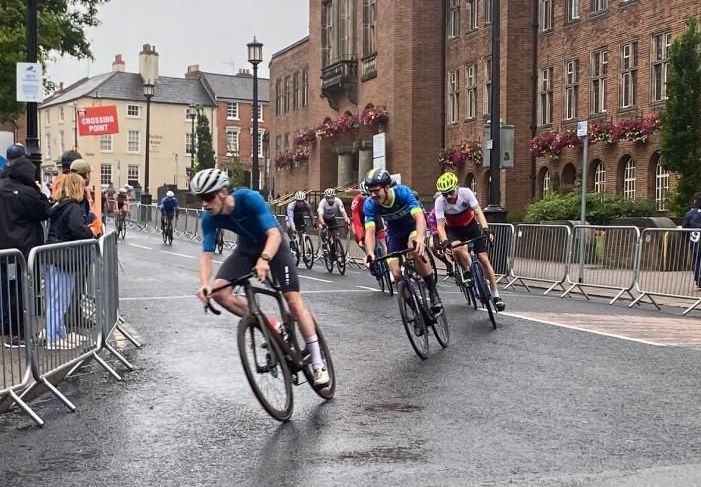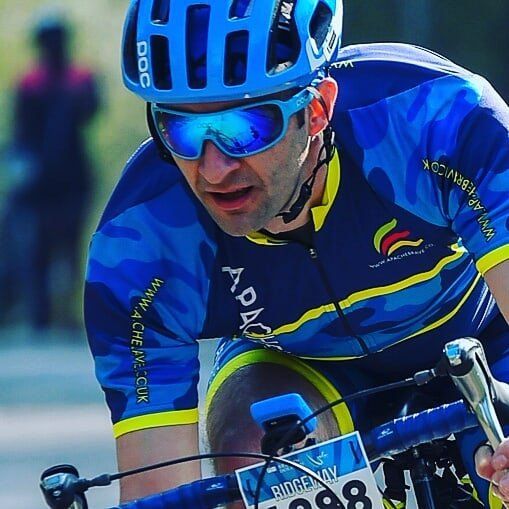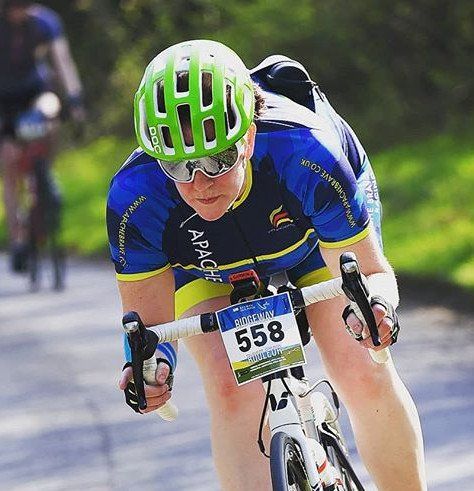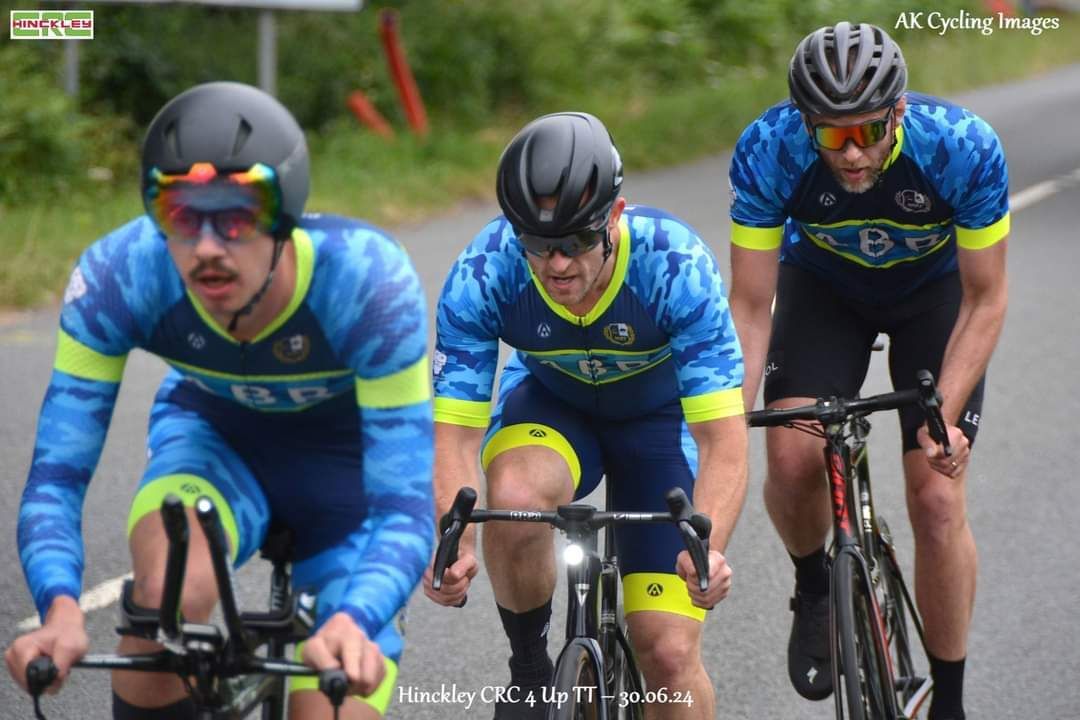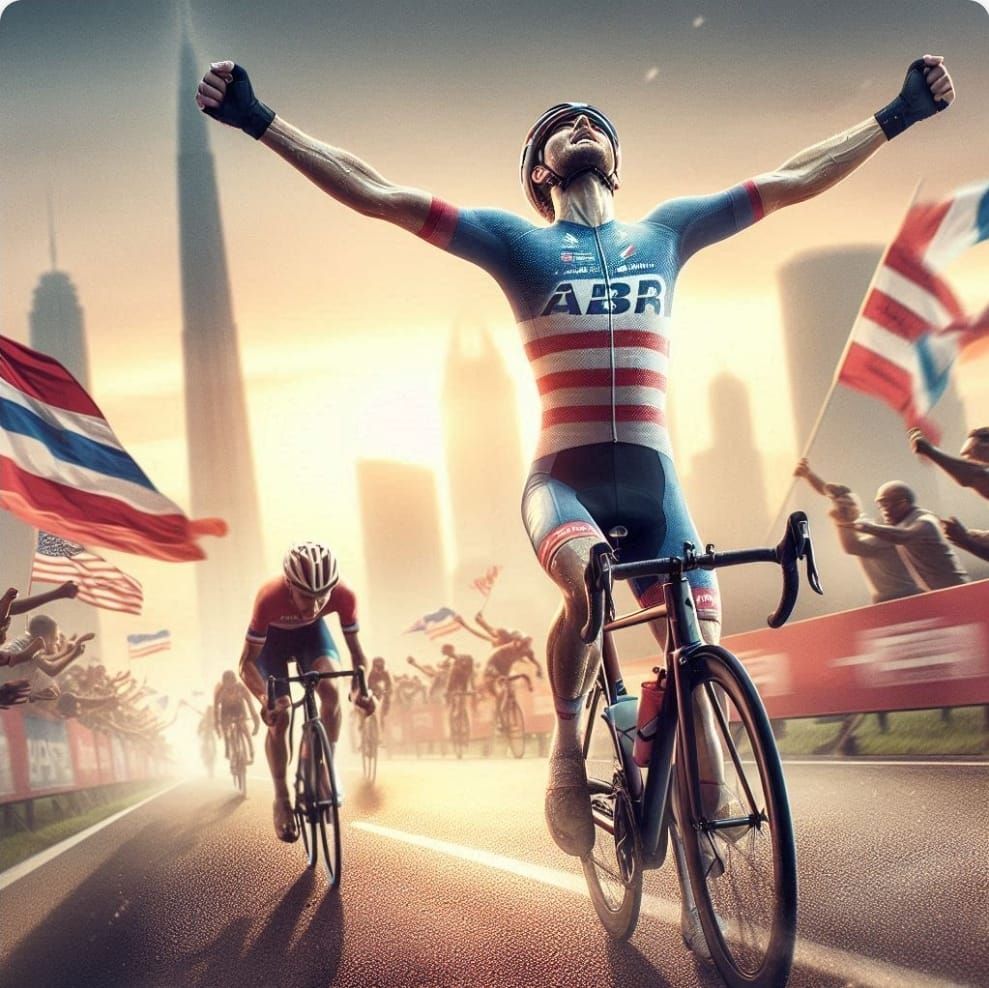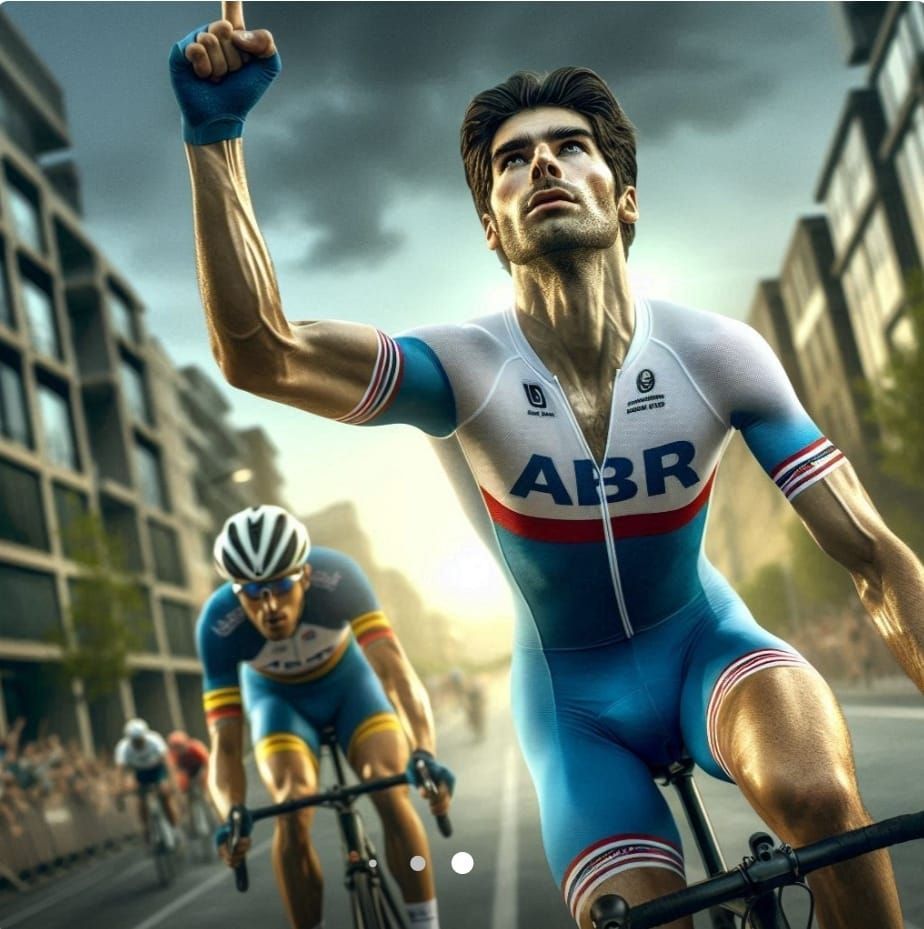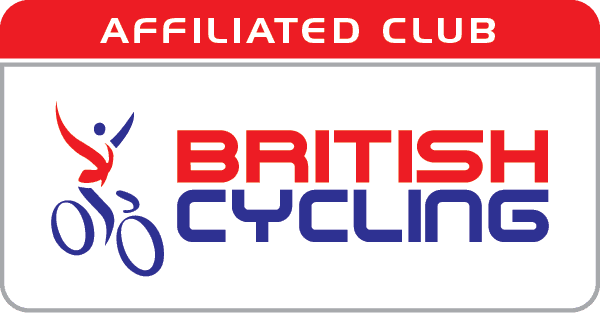Support the ABR Team
Help build a better experience for our ABR cycle team. We spend many hours on a non-paid basis.
How to Descend on a Road Bike
Want to descend like a pro? Here's how
Descending is an inevitable part of riding your bike, what goes up must come down, and so it's a necessary skill to develop. Many riders are fearful or nervous when descending, while others lack the skills to fully take advantage of a good dip in the road. Some riders may just want to further their skills so that during a ride they can take full advantage of any decline. Whichever type of road cycling you do, these tips will make you safer, faster and develop your skills when descending on your road bike.
So as well as developing your skills with these handy tips, we also aim to build your confidence and turn you into an accomplished descender. In order to do so, we've enlisted the help of cyclist and owner of Apache Brave Racing, Richard Watson to provide us with some helpful tips, specifically for descending on a road bike.
Relax, Relax, Relax
"Tension in the shoulders and braking into the corners" are the two biggest mistakes Richard sees in amateurs when descending, and so his number one tip to a new road rider is to "relax, relax, relax!"
You shouldn't be fighting the bike on the way down, you should let
the bike do the work. Having straight, stiff arms will cause you to feel
every bump or imperfection in the road which you will translate back
into the handlebars making handling the bike feel nervous and twitchy.
Instead, try to relax your shoulders by keeping them down and back, and
keep a small bend in your arms to absorb any bumps along the way. Also
try to slow down your breathing, focus on taking big deep breaths to
calm your body down and relieve any tension.
"Don't fight the bike. Let the bike do the work."
A simple way to develop this calmness is to head to a hill you are familiar with and practice repeatedly. Start at a pace you are comfortable with, ensuring to stay relaxed and loose, keeping your breathing under control, and then progressively get faster as you get more comfortable with the road, the corners, and the speed. Once you feel you have mastered this one descent, do the same on a variety of descents; short, long, steep, technical, fast, etc... all the while remembering to relax, relax, relax.
Get Low
Getting low on your bike while descending serves two functions. Firstly, it will reduce your frontal profile (the surface area that meets the wind) which will improve your aerodynamics enabling you to hold speed throughout the descent. It's why we see so many pros adopt the super 'aero tuck' position where they basically sit on their top tube and get as low as possible.
However, more importantly, dropping your torso lowers your centre of
gravity, providing a wider base of support, thereby enabling you to
better negotiate corners and making you feel more planted to the road.
You'll rarely see pros sitting bolt upright when descending, they are
always low on their bikes, looking ahead with a relaxed posture. As well
as aiming to keep your torso as low as possible, to further lower your
centre of gravity, try dropping your inside shoulder when cornering.
Look ahead
How far ahead should you be looking? "You should always be looking at where you want to go, where you want to exit the corner or in a straight line 30 metres up the road. You will follow where your eyes are so if you're staring at the obstacle, you might hit it!"
As you focus on those points of vision, you'll find your body will manoeuvre itself and your bike into the ideal position. If there is a rider in front of you, look past them, your peripheral vision will tell you where they are, and it means you won't follow them into a bad line or end up crashing if they do. And when cornering, try to look around the corner and not at the edge of the road.
Push on your outside leg
This is a specific skill that you need to practice to the point when
it becomes automatic. As you take a corner, keep your outside leg
straight with the majority of your weight pushing on the pedal. This
further increases your base of support and lowers your centre of
gravity, enabling you to take a tight line through the corner when
combined with your dropped inside shoulder and low torso.
On or off the seat?
Referring back to the aim of getting your centre of gravity as low as possible, it's best to stay in the seat. Richard says, "this will ensure you're balanced well across the length of the bike and that your arms and shoulders are relaxed."
"Stay in the saddle!"
The shortest line
The safest and fastest way through a corner is also the shortest. Taking the shortest line possible smoothes out the corner, requires less pedaling, covers less distance and consequently, helps maintain a high speed. In some cases you can't take the absolute shortest line due to traffic lines, so try to smooth out the angle of the corner as much as possible while staying safe and law abiding.
Richard has some tips on achieving the shortest line. "Generally, start wide, aim for the apex or inside point of the corner, being aware of traffic or other riders (and staying on your side of the road). The only time when this isn't necessary is when it's a longer sweeping corner and you can hug the inside line all the way through it."
This is a specific skill that you need to practice to the point when it becomes automatic. As you take a corner, keep your outside leg straight with the majority of your weight pushing on the pedal. This further increases your base of support and lowers your center of gravity, enabling you to take a tight line through the corner when combined with your dropped inside shoulder and low torso.
Descending isn't a time for rest
Well, it's a great time to recover but it's not a time to completely
stop pedaling and rest. If you were to stop pedaling on a long descent,
your legs will fill will lactic acid and end up feeling like cement
blocks when you try to start pedaling again. To prevent this lactic
build up, spin your legs where possible and avoid long stationary
periods. You don't need to apply a lot of pressure, it's purely to keep
the blood circulating and help clear waste from your legs.
You have two brakes, use them
There are two brakes on your bike so use both when descending. This will spread the load through the bike evenly, helping you maintain balance and preventing your weight and centre of gravity from changing too drastically.
Going back to our first point, "braking into the corners" is one of the biggest mistakes Richard sees in cyclists when descending. Richard advises to "judge the speed you can hit the corner at, brake before the corner, then let the bike run through the corner unimpeded."
Braking through a corner puts you at risk of washing out (losing) your front or back wheel, which will see you hit the road. If you really need to stop in a hurry mid-way through a corner then try to get as upright as possible first.
When applying the brakes, do so progressively and evenly, being aware that your front brake is going to have greater power than your rear
Ride on the drops
In addition to lowering your centre of gravity, riding on the drops will give you much greater control over the bikes handling thanks to better grip and less chance of your hands slipping if you hit a pothole or bump in the road. Riding on the drops will also give you greater efficiency when using the brakes as you'll have greater leverage than if you stayed on the hoods.
Here's Richard's ideal position, "be in the drops, hands firmly holding the bars but don't clench. Keep your shoulders relaxed, your elbows bent and your head looking up the road. Have 60% of your weight on the back wheel, 40% on the front."
Things to be aware of
- Having your brakes on too long:
Constantly having
pressure on your brakes will result in the braking surface overheating
causing brake fatigue and eventually failure. This is especially the
case for carbon braking surfaces. To avoid excessive heat build up, try
pulsing the brakes to wash off speed or alternating between the front
and rear.
-
Take care in the wet: Braking becomes significantly compromised in the wet. The quality of contact between the braking surfaces is diminished, as a result, it will take you longer to slow you down. On top of that, traction to the road won't be as good, you won't be able to see as far ahead, you may have water sprayed in your face by another rider and it will be harder to grip the bars. As a consequence, take care in the wet, leave yourself enough time to brake appropriately and be extra cautious.
-
Descending shouldn't feel like work: It should feel fluid and easy. If you are working too hard or concentrating too much, there's a high likelihood you're not descending as well as you could. Try to let the descent flow and again, practice makes this possible. Pick a descent you know well and practice it over and over to build your confidence to the point where you can get to the bottom safely, at good speed and with minimal effort.
ABR blogs are brought to you by Bloobo.com Website Builders.
What do they do?
Bloobo.com offers a wide range of services nationwide, all serviced from their offices in Derby.
Services include: Website Builder. Mobile apps. Marketing
They will work with you to design and build your website to match your brand, help attract new customers and manage social media and marketing consultancy.
Everything is designed for your brand and they offer great value whilst guaranteeing high quality.
